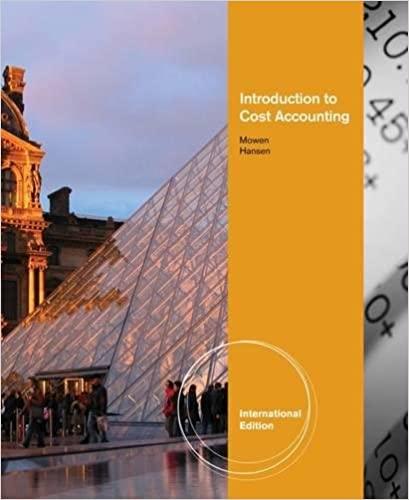Question
Using annual compounding, find the yield-to-maturity for each of the following bonds. a. A(n) 11.5%, 24-year bond priced at $1,242.67. b. A(n) 17%, 14-year bond
Using annual compounding, find the yield-to-maturity for each of the following bonds.
a. A(n) 11.5%, 24-year bond priced at $1,242.67.
b. A(n) 17%, 14-year bond priced at $1,331.41.
c. A(n) 6%, 18-year bond priced at $482.61.
Now assume that each of the above three bonds is callable as follows: Bond a is callable in 8 years at a call price of $1,095; bond b is callable in 5 years at $1,100; and bond c is callable in 4 years at $1,050. Use annual compounding to find the yield-to-call for each bond.
The yield-to-maturity for bond a is nothing%. (Round to two decimal places.)
The yield-to-maturity for bond b is nothing%. (Round to two decimal places.)
The yield-to-maturity for bond c is nothing%. (Round to two decimal places.)
The yield-to-call for bond a is nothing%. (Round to two decimal places.)
The yield-to-call for bond b is nothing%. (Round to two decimal places.)
The yield-to-call for bond c is nothing%. (Round to two decimal places.)
Step by Step Solution
There are 3 Steps involved in it
Step: 1

Get Instant Access to Expert-Tailored Solutions
See step-by-step solutions with expert insights and AI powered tools for academic success
Step: 2

Step: 3

Ace Your Homework with AI
Get the answers you need in no time with our AI-driven, step-by-step assistance
Get Started


